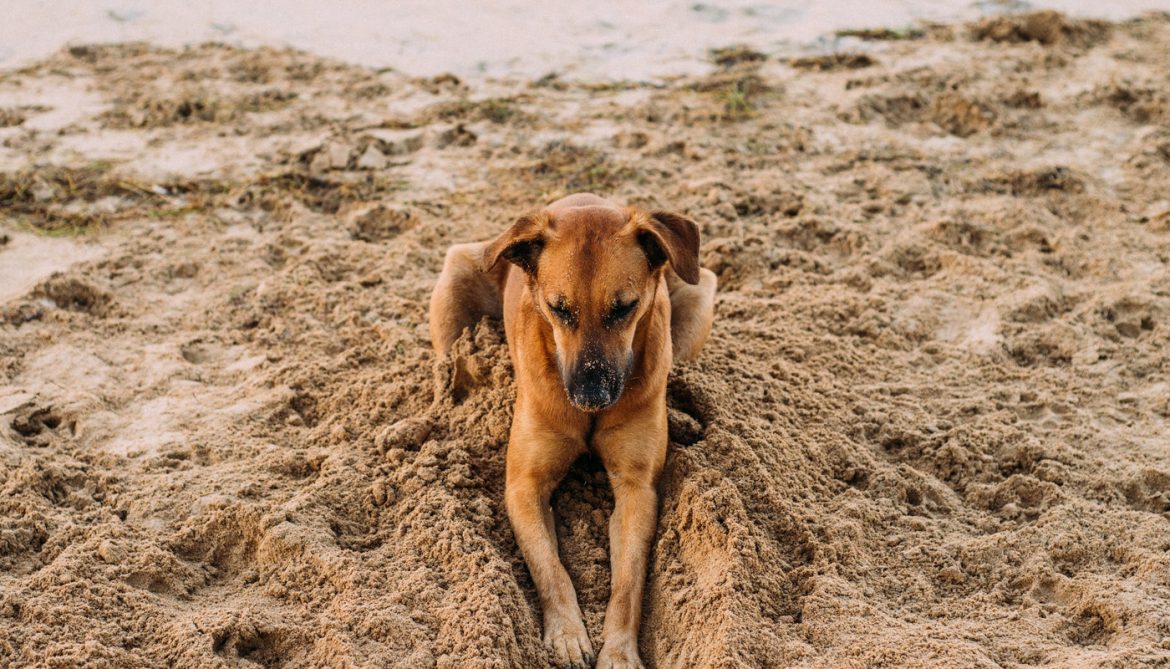You may have noticed that your dog has their own smell, some of these smells are natural, while
others are unnatural and may indicate that something is wrong. Doggy odours also vary with the
breed of the dog, certain dogs such as cocker spaniels, Labradors and pugs have a stronger body
odour than indies, Pomeranians or Lhasa apsos.
Dogs naturally produce secretions that act as identification to other dogs. So that they can recognize
them by smell. Sadly, these odours may at times be too strong for pet parents, and are usually
strongest near the anus, near the ears, and around the footpads.
Sweat Glands: Dogs do not produce sweat like we do as a cooling mechanism. But they do have
sweat glands, which are in association with each group of hair follicles. These glands produce
pheromones, or chemical indicators, for communication between dogs.
Dogs also possess sweat glands of a different type, called the eccrine glands, on their paw pads and
noses, they help maintain the health and moisture of these parts. The natural microorganisms along
with the eccrine glands are responsible for producing the typical doggy paw odour. This odour is
much more noticeable in dogs with moist paw pads than on those with dry pads.
Dogs also ceruminous glands and sebaceous glands, in their external ear canals, which are
responsible to produce ear wax. The ear wax along with the natural microorganisms are responsible
for the yeasty ear wax smell. Make sure to visit your veterinarian if the odour wafting from your
dog’s ear suddenly changes or is too strong as these could indicate various infections.
Dogs, like all carnivores, have two scent glands called anal sacs that communicate with the surface of
the skin by ducts that open on either side of the anus. They produce a natural secretion that varies
from thin and yellowish to pasty and greyish. Anal gland secretions may have a very strong musty
odour. A small amount of this material is normally deposited when dogs defecate and a large
amount may be extruded when a dog is frightened. This secretion is thought to leave a signal to
other dogs telling them who left faecal deposit. This odour is also the signal being sampled when
strange dogs investigate one another by sniffing out the anal area.
Another source of odour that can be considered natural results from a common dog behaviour. Dogs
like to roll in and mark themselves with animal products in their environment. This might be a
method of communicating with other animals in and around their home, or a behaviour to mask
their own smell.
Unnatural Sources of Odour on Pet Dogs
Poor grooming: Some dogs, especially those with long, thick or corded hair, need regular grooming.
A coat that is not kept clean and groomed can trap dirt and other substances with unpleasant
odours. If a dog’s hair coat is chronically wet, it can harbour lots of bacteria and yeast.
Skin diseases: Dogs with allergies (allergic dermatitis, atopic dermatitis) may have a musty odour.
This is because allergies can cause increased sweating (hyperhidrosis), bacterial skin infections
(bacterial dermatitis or pyoderma) and yeast skin infections (Malassezia dermatitis). Dogs with
seborrhoea, a type of keratinization defect, and dogs with deep skin folds are also prone to bacterial
and yeast skin infections.
Ear diseases: Ear infections, or otitis are a common source of odour in dogs. The smell can be yeasty
or actually smell like sewage.
Anal sac diseases: Excessive anal gland secretion can result in a musty, pungent odour. Anal sacs can
also become abscessed or infected, with bacteria or yeast organisms then producing an odour.
Dental disease: Various dental diseases can cause bad breath, or halitosis. Dental calculus harbours
numerous bacteria that produce odour. Dental disease can also lead to excessive drooling, causing
the skin around the mouth to become infected and odiferous.
Medications: Some medications, especially antibiotics or medicated shampoos, have odours that
owners may find unpleasant. Chlorhexidine is a common disinfectant incorporated in skin
medications that some people find has an unpleasant smell.
Diet: Some dog foods based on fish meal or with added fish oil can make for fishy-smelling dogs.
Flatulence: The overproduction of intestinal gas can be a problem for some dogs. This may be diet-
related or a sign of gastrointestinal disease.
,

